Multifamily Buildings with Multiple Design Criteria
Coiled Wire Fabric Traits
When selecting a coiled wire fabric system for a project, it is important to recognize that there are a lot of different choices in the details of how it can be specified. Manufacturers will readily work with architects and designers to review the specific project requirements and suggest standard options or even engineer a custom solution. Here are some things to keep in mind when designing and specifying this innovative material.
- Material Makeup Coiled wire fabric systems begin with a base metal wire in varieties of steel, aluminum, brass, copper, or stainless steel. The choice of the wire material and its gauge impact the weight, functionality, and aesthetics of the final fabric. By altering the base material, wire gauges, weave pattern, and finishes, the strength, rigidity, and appearance can all be chosen to meet the design or performance characteristics being sought. It is worth noting that the fabric is available in virtually unlimited widths and up to 40 feet in length, so large installations can be achieved with a single panel in many cases. For projects needing more than a 40-foot-span of fabric, multiple coils can be spliced together at the job-site in a routine fashion and still create a continuous appearance.
- Light Transparency The nature of the woven wire fabric is such that it will allow light to pass through, which is often desirable for many interior design applications. How much light and how visually transparent a certain product appears will be based directly on the make-up of a particular fabric. Those with thicker wires and tighter weaves will obviously allow less light than those with thinner wires and more open weaves. Architects and designers can play with the material’s level of transparency by altering these factors to suit their needs to create a material that is simultaneously open and closed at the desired levels. As such it is sometimes used over windows, as a diffuser for natural daylight, or as room separators where light is intended to be shared. “Fullness” is another factor that designers can alter which will vary the level of light able to pass through the coiled wire fabric. By using more material than is required to cover a given area, a billowing drapery effect may be achieved, causing the mesh to overlap which can be used to allow in more or less light.
- Formability As with any fabric type of product, coiled wire fabric is free flowing and flexible. That means it can be formed and shaped to create undulating or curved surfaces, flat taut surfaces, or a combination of any of these. This creates three-dimensional texture and spatial interest in rooms, making for innovative and dynamic interior designs. That allows for a high degree of creativity in how spaces are defined and articulated, both for walls and ceilings.
- Color Coiled wire fabric is available in either a natural, uncoated state or with resilient powder-coating finishes for a sharp, long-lasting aesthetic. That means the color choices are broad, allowing it to be a successful part of virtually any design scheme. Further, the finishes can be specified with low-VOC content to protect against that exposure when used on interiors.
- Performance Traits As a material added to a building, coiled wire fabric is a long lasting and durable product requiring minimal, if any, maintenance. The open nature of the fabric supports its use for solar shading and the associated energy savings. It can also be used for light diffusion to further enhance the interior ambient lighting of a space. In appropriate strengths, it can provide partitioning for safety, fall protection, blast mitigation, and security. Further, if there is an interest in extending its use to the exterior, the material is durable enough to withstand those rigors as well.
- Sustainability Coiled wire fabric carries many sustainability traits. Made from metal, it creates a low carbon footprint by using domestically sourced materials that are durable and easy to maintain. It can contain up to 90 percent recycled content and is 100 percent recyclable when it is removed from service. As an interior product it is worth noting that no toxic chemicals are used in the material’s manufacturing process. Those products that carry Declare labels with the International Living Future Institute or are Living Building Challenge Red List Free indicating the degree to which human health and the environment are protected by the products.
- Cost Effectiveness Compared to the full construction of rigid partitions or other separation elements, coiled wire fabric is a very affordable option. It is also more economical than commercial woven wire mesh that is typically designed for other purposes. This affordability lets architects and designers flex their creativity, produce signature interior and exterior designs, and turn projects with modest budgets into something unique, innovative and responsive to project needs.
All these traits of coiled wire fabric make it quite suitable for both new and existing construction.
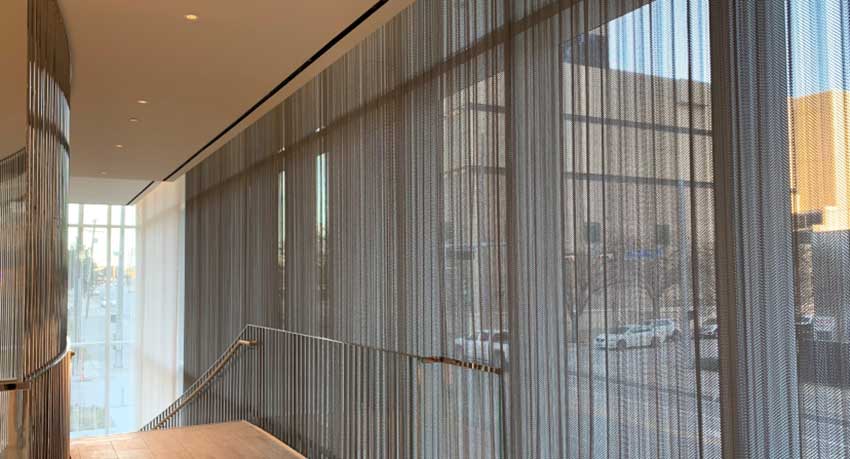
Photo courtesy of Cascade Architectural
Coiled wire fabric is used as a decorative shading system at the Hall Arts Residences and Hotel lobby in Dallas, Texas.
Coiled Wire Fabric Uses in Multifamily Buildings
Coiled wire fabric can be used in new or existing multifamily buildings in a variety of ways, described as follows.
- Sustainable Sun Control Coiled metal wire fabric offer significant building performance and environmental benefits. Both internal and external applications significantly increase occupant comfort by mitigating sunlight, reducing glare, and controlling interior temperatures. Energy performance analysis done through independent testing shows up to 5.7 percent energy consumption savings for interior applications and 21.3 percent for exteriors. As such, it is particularly effective for retrofitting buildings that lack high-performance glazing.
- Interiors For interiors, architects and designers can use coiled wire fabric for curtains, ceiling treatments, wall coverings, security gates, and even as complete partitions, all adding elegance and purpose to the spaces where they are used. By combining material strength and durability with functional benefits and custom high-end aesthetics, this innovative material allows design professionals to get creative and deliver signature interior creations.
- Security Coiled wire fabric can be fashioned into pre-engineered security gates and screens, taking a new approach to securing spaces without sacrificing the aesthetic appeal of the common space or entrance that they’re installed to protect. As a high-quality design solution, they can be used to secure spaces while concurrently allowing views. Perfect for security in public common areas, storefront closures in mixed use/retail settings, etc., they are cost efficient and well suited to new or retrofit construction. These systems are fireproof and easy to install and do not require heavy support or large storage pockets. They allow free airflow for HVAC, are acoustically transparent, and allow signage, media, products, and advertisements to remain visible while secured.
Overall, coiled metal wire fabric is worthy of consideration for many interior and exterior applications in both new and existing multifamily buildings.
ELEVATOR CAB INTERIORS
Among the most used interior spaces in a multistory, multifamily building are the elevator cabs. Over time, elevator interiors can get damaged … especially if the cab is used for both passengers and other purposes like moving furniture, equipment, etc. Even with the best padded intentions, furniture movers and delivery drivers can ding up, gouge, and scuff walls with dollies, carts, and crates.
Building owners often spend significant amounts of money on a major elevator renovation. If that only includes elevator equipment upgrades, riders will not notice anything new and will still feel like they are in an “old” elevator … they can’t tell that money was spent replacing the jack, power unit, controller, and door operator. Hence, when thinking about elevator renovation, it is worth considering both mechanical and interior upgrades.
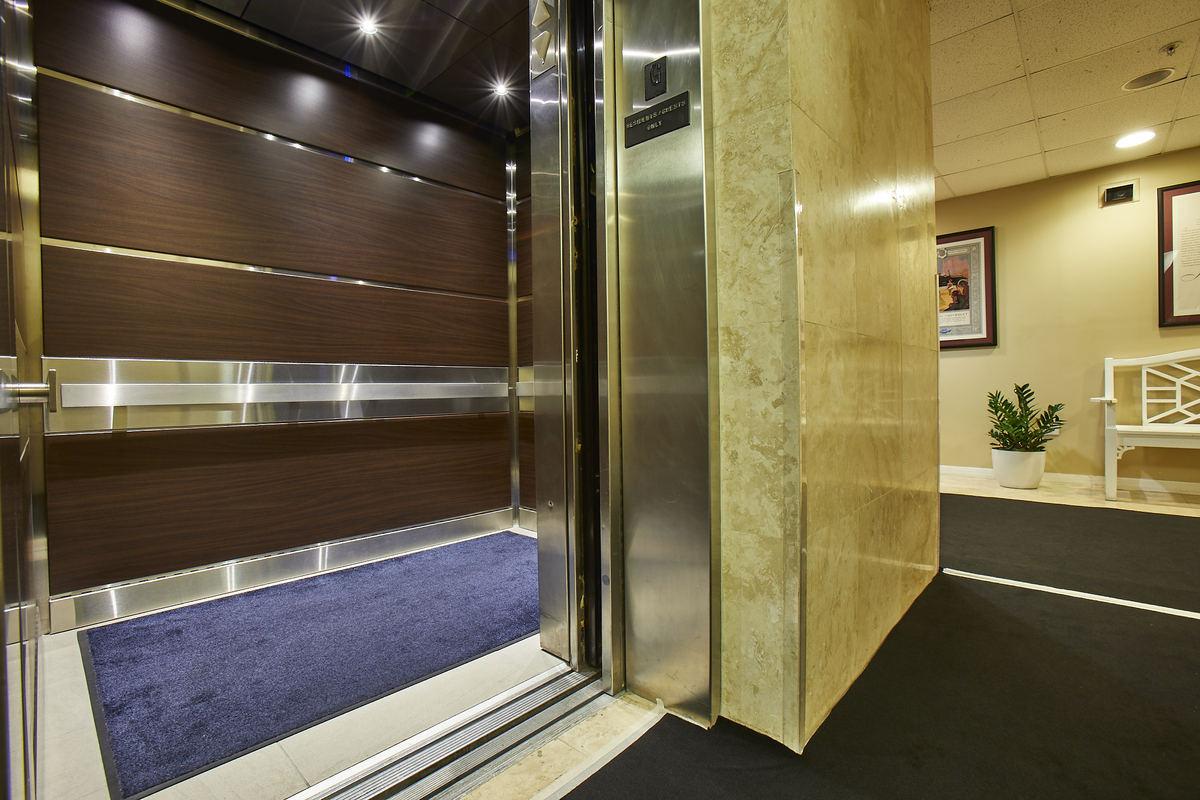
Photo courtesy of Inpro
Renovated elevator cabs complete the interior design of a building, offer opportunities to make a better first impression, and can include durable, protective materials.
Some of the main reasons to renovate the cab interior are to update the appearance and make it more appealing by giving it a refreshed look. There may also be an interest in making the cabs more energy efficient with LED lighting or adding extra protection to the cab walls. Another reason to enhance the cab appearance is that some people are terrified of elevators and suffer serious anxiety when riding in one. Interior upgrades can help ease those few minutes they spend riding the elevator by providing a more comfortable and appealing experience.
The most cost-effective and innovative way to carry out such an elevator cab upgrade is to use preconfigured elevator cab renovation systems from a manufacturer that has a specialty line of products to address these needs. This system can include any or all of the following elements.
- New Wall Panels: The elevator panels that line the walls are what primarily make up the appearance of the cab. These panels also typically take quite a beating - from hospital beds to luggage carts, tenant move-ins and outs, construction equipment, vandalism, and whatever else may come their way. Fortunately, the panels can be made of durable and rugged materials that can be made to look like any range of materials from wood to metal to stone or custom choices.
- New Ceilings and Lighting: Elevator ceilings come in many different styles and can be selected to suit an overall design concept. Lighting in elevator cabs can be chosen from among common lamping options such as halogen, incandescent, fluorescent, or energy-efficient LED. Keep in mind that people tend to be more comfortable in a well-lit interior, so combining a brighter ceiling with increased lighting output can help people feel more relaxed inside, not to mention creating a newer and cleaner look. The energy efficiency of elevator cab lighting is notable since these lights typically stay on 24 hours a day/7 days a week, meaning they are running for 8,760 hours a year. Further, selecting energy efficient LED lighting means the lamps have a much longer service life, notably reducing maintenance costs for replacements.
- New Handrails: Handrails in elevators get attention for ADA or accessibility code requirements, but they also provide stability for users (i.e., something to grasp) while the elevator stops and starts. This is particularly true for elderly, disabled, or injured people who need help to reduce the risk of a fall. Beyond the people aspect of handrails, they provide a means for a complete look to the cab and can act as a wall guard, too. By providing a stand-off surface from the wall of the cab, they can reduce the chance of equipment or furniture striking the wall panels. As part of a total system for elevator cabs, handrails come in different shapes, sizes, and finishes.
Paying attention to both the appearance and durability of elevator cabs can clearly pay off in terms of creating successful, innovative interiors and better experiences for users.
Notice
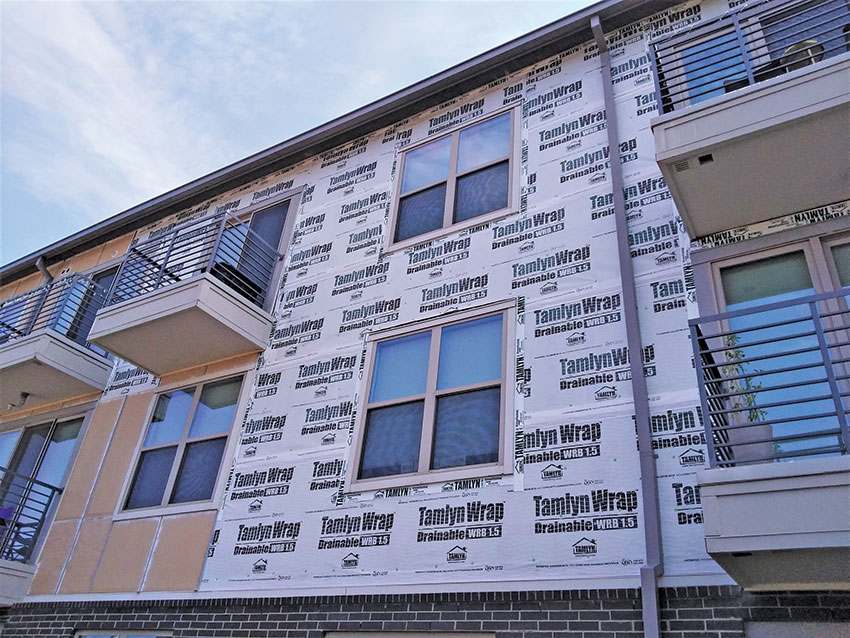
www.tamlyn.com
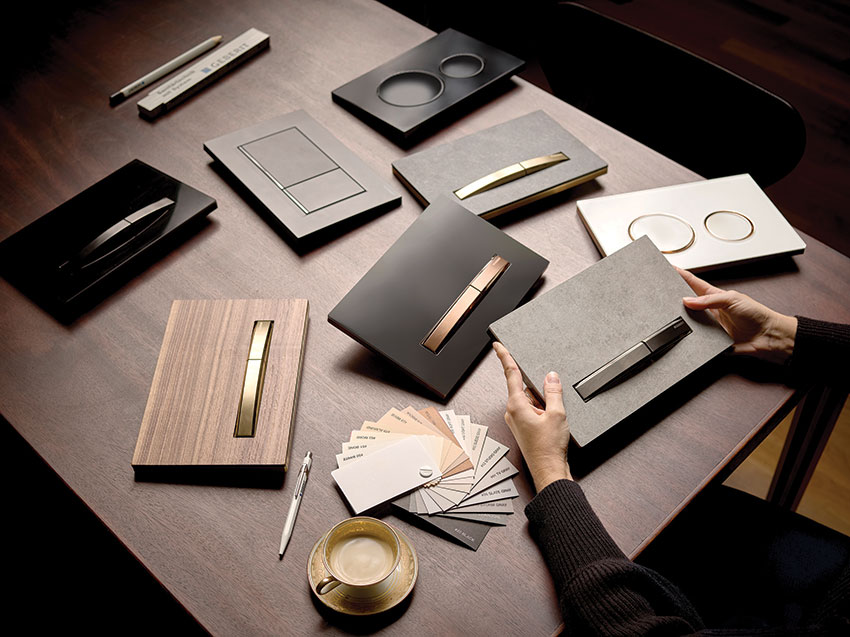
geberit.us
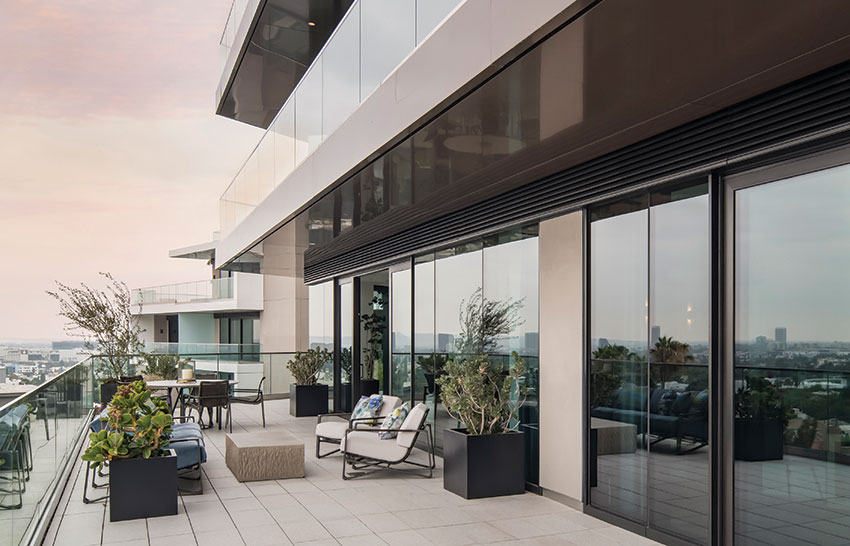
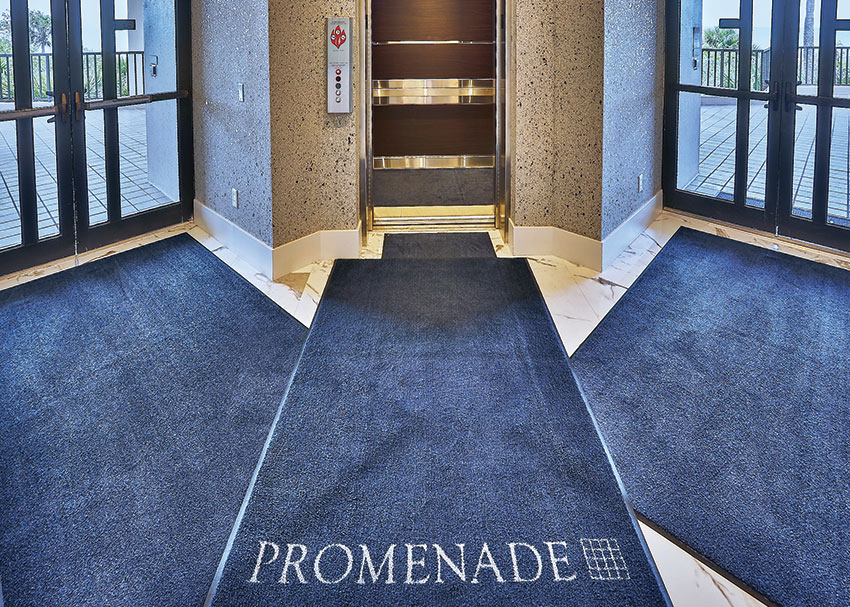
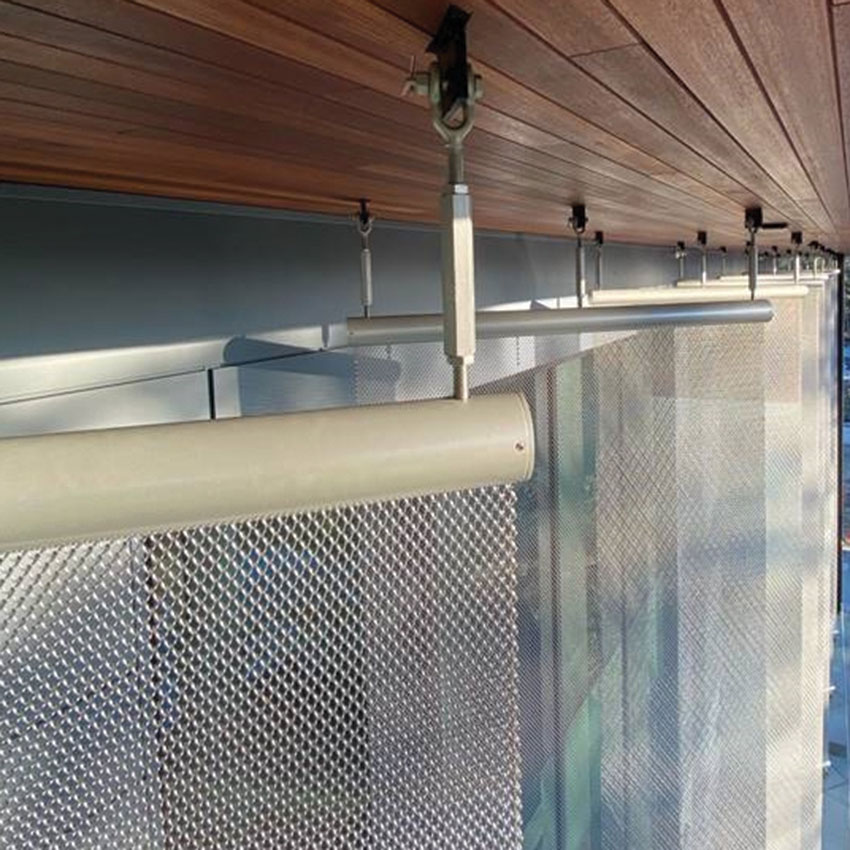
www.cascade-architectural.com









